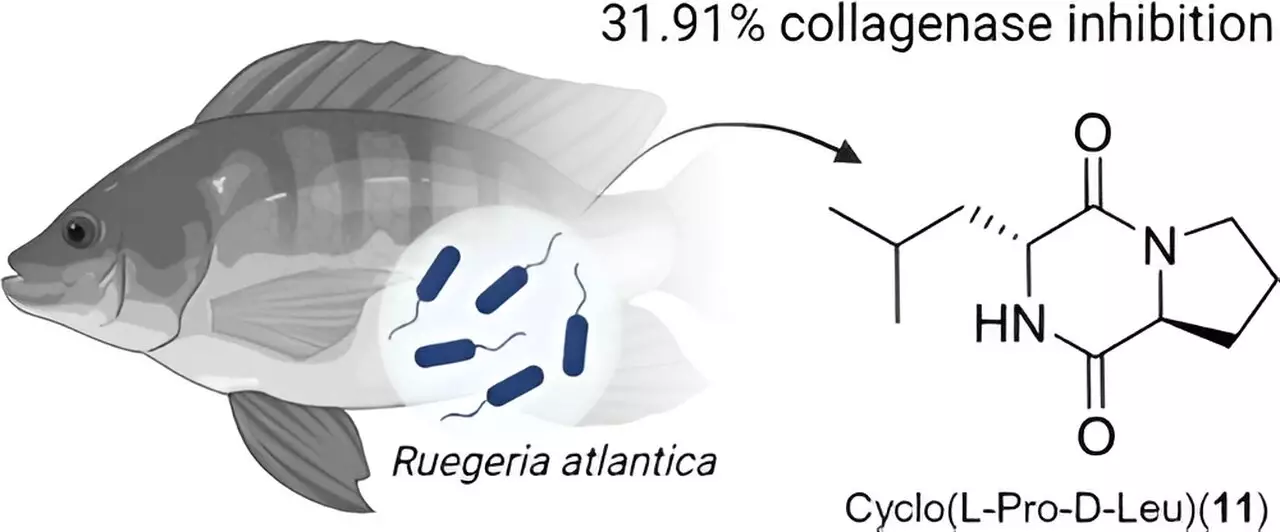The cosmetics and skincare industry is known for its use of eclectic and sometimes peculiar ingredients. Among them, snail mucin, or snail slime, has gained attention for its hydrating and antioxidant qualities. However, research is now revealing an even more unconventional source for skincare innovations: bacteria found in the gastrointestinal tracts of fish. As surprising as this may sound, studies have demonstrated that such organisms may possess compounds with significant cosmetic applications.
Recent findings published in ACS Omega highlight the potential of metabolites generated by fish gut bacteria, which, despite initial impressions, could offer useful properties for skincare formulations. The investigation into these microbial compounds opens a new realm in the pursuit of anti-aging solutions. The study’s authors, Hyo-Jong Lee and Chung Sub Kim, were inspired by the unconventional discovery patterns of various medical breakthroughs, such as penicillin and marine-derived cancer treatments, suggesting that nature’s most unexpected corners could yield the most effective ingredients.
The focus of the study lay on the gut bacteria from two species of fish native to the western Pacific Ocean: the red seabream and the blackhead seabream. Despite the discovery of these microbes dating back to 1992 and 2016, little research had previously been done to explore the cosmetic potential of their metabolites. In their investigation, Lee and Kim were able to isolate 22 different compounds produced by these bacteria and assess their effects on skin health.
A significant aspect of the study involved examining the ability of these compounds to inhibit two key enzymes: tyrosinase and collagenase. Tyrosinase is crucial for melanin production, and heightened activity can lead to undesirable hyperpigmentation. Collagenase, on the other hand, breaks down collagen, leading to skin aging and the formation of wrinkles. By targeting these enzymes, the newly identified compounds could address major concerns associated with skin aging, making them promising candidates for future cosmetic products.
The research team identified three specific molecules from the gut bacteria of the red seabream that exhibited superior inhibition of both tyrosinase and collagenase without causing cytotoxic effects in lab-grown mouse cells. This suggests a significant potential for these marine-derived compounds to be integrated into skincare regimes aimed at anti-wrinkle and skin-brightening properties.
The exploration of marine microbiota may herald a new era of innovation in the beauty industry. As researchers continue to identify and analyze compounds derived from unconventional sources like fish gut bacteria, the possibilities for unique and effective skincare solutions will expand. This study not only opens avenues for novel cosmetic products but also challenges the perceptions surrounding ingredient sourcing, highlighting that the ocean depths may harbor more than just fish—they may also hold the key to the future of skincare.


Leave a Reply